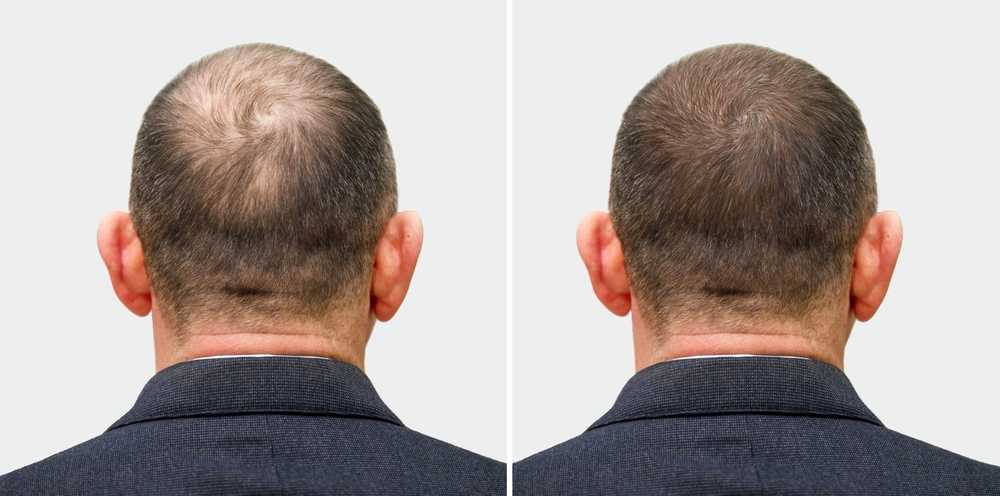Yes, your body can reject a hair transplant, although it is relatively rare. Hair transplant rejection occurs when your immune system identifies the transplanted hair follicles as foreign objects and mounts an immune response against them.
There are two main types of hair transplant procedures…
Follicular Unit Transplantation (FUT) and Follicular Unit Extraction (FUE). The risk of rejection is generally higher with FUT because it involves the removal of a strip of skin from the donor area, while FUE involves the extraction of individual hair follicles. FUE tends to have a lower risk of rejection because it involves smaller grafts.
To minimize the risk of rejection, surgeons typically choose hair follicles from the patient’s own body (usually from the back or sides of the head) for transplantation. Using your hair reduces the chances of rejection because the immune system is less likely to recognize the transplanted hair as foreign tissue.
Even when using a patient’s hair, there can still be a risk of rejection. The transplanted hair may not grow properly, and additional procedures may be necessary to address the issue.
Consult with a qualified and experienced hair transplant surgeon to discuss the risks, benefits, and potential complications of the procedure. They can assess your situation and guide the best approach to achieve successful hair transplantation.





